After Hurricanes, Pollution Hazards for Private Water Wells in the Southeast
Floodwaters from Florence and Michael introduce bacteria and contaminants into wells.
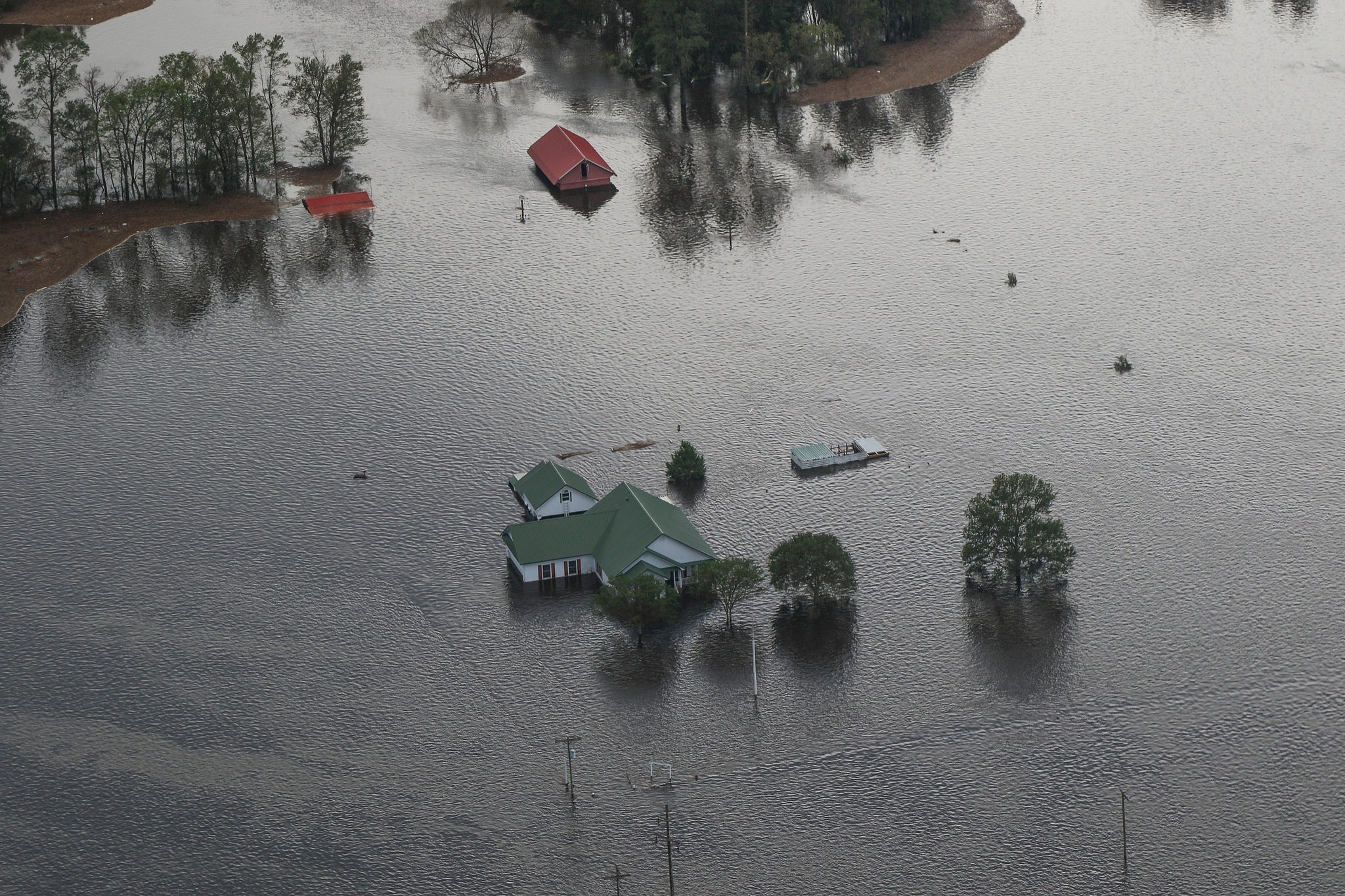
Homes in North Carolina flooded by Hurricane Florence, in September 2018. Photo courtesy of North Carolina National Guard
By Brett Walton, Circle of Blue
Major hurricanes that drenched the Southeast this fall caused bacteria counts in private wells to rise, according to state testing in Georgia, North Carolina, and other areas.
Nearly half of well-water samples received by the North Carolina Department of Health and Human Services tested positive for E. coli or total coliform or both, which are indicators of contamination by fecal waste that can cause diarrhea and other illnesses.
On September 14, Hurricane Florence made landfall on the North Carolina coast, where it poured nearly three feet of rain on parts of the Cape Fear region. A month later, Hurricane Michael was the fourth-strongest storm on record to hit the United States when it struck the Florida Panhandle on October 10 and then moved inland, flooding communities as far north as Virginia.
The inundation from these hurricanes not only swelled rivers and flooded homes. Rising waters pose risks for households, businesses, and churches that use a well for drinking water, according to Chuck Job, regulatory affairs manager for the National Ground Water Association. Water quality in private wells is not regulated by state or federal governments, and it is the well owner’s responsibility to know what is in the water.
Flooding does have negative consequences for wells, William Rhoads, a microbiology specialist at Virginia Tech, told Circle of Blue.
Rhoads is part of a National Science Foundation-funded research team that is studying water pollution in wells in Texas after Hurricane Harvey. The team found higher rates of total coliform and E. coli in wells immediately after the August 2017 storm.
Job estimates that more than 731,000 household wells in six states — Alabama, Florida, Georgia, North Carolina, South Carolina, and Virginia — received enough rain from Florence and Michael that water quality in wells, depending on local circumstances such as geology and soil, could be compromised.
State health departments are aware of the risky conditions and, in damaged regions, are leading the effort to prod homeowners to test their wells.
The North Carolina Department of Health and Human Services sent sampling kits to 23 counties and is covering the cost of testing for E. coli and total coliform. In North Carolina, home to 9 million hogs, rain from Hurricane Florence caused 33 manure waste lagoons to overflow, according to the state Department of Environmental Quality.
In southwest Georgia, which suffered the most damage in that state from Hurricane Michael, two dozen counties are both collecting samples and running the tests, according to Nancy Nydam of the Georgia Department of Public Health.
Private well testing initially was free for residents of 35 Florida counties that were named in Gov. Rick Scott’s executive orders on October 7 and 8. Most have returned to normal operations, but five counties are still offering free tests, according to Nick Van Der Linden of the Florida Department of Health.
Though relatively few residents have taken advantage of the tests, the results show that well water was affected.
As of October 31, the North Carolina Department of Health and Human Services received 776 samples. Testing results from samples received before October 27 showed that nearly half — 45 percent — were positive for E. coli or total coliform or both.
In Georgia, 19 out of 50 samples tested positive for E. coli or total coliform or both.
In Florida, county health departments received 82 well-water tests. Just one had unsafe levels of E. coli and total coliform. In those cases, homeowners are instructed to disinfect the well, usually with chlorine.
The contamination pathways are well-known. Intense rainfall can raise the water table high enough that bacteria from nearby septic systems infiltrate the well. That’s a hazard from below ground.
Then there are a pair of threats from above. Flood waters can penetrate the well or the casing around it. Rushing waters also carry tree branches and other debris that can crack a wellhead, a wound through which bacteria and other nasties invade a home’s water supply.
“People in these counties should be aware of the conditions and take steps to respond,” Job told Circle of Blue. For the estimate of potential wells affected, he combined county-level well data from the U.S. Census with rainfall totals and disaster declarations. The number of wells at risk is likely a low-ball estimate; the Census figures date to 1990, the last time homeowners were asked that question, and a figure still used by many researchers.
Academic researchers are using these disasters as learning tools. Rhoads said that the Hurricane Harvey research team has found that building relationships with well owners before a storm establishes stronger networks for responding after a disaster.
Brett writes about agriculture, energy, infrastructure, and the politics and economics of water in the United States. He also writes the Federal Water Tap, Circle of Blue’s weekly digest of U.S. government water news. He is the winner of two Society of Environmental Journalists reporting awards, one of the top honors in American environmental journalism: first place for explanatory reporting for a series on septic system pollution in the United States(2016) and third place for beat reporting in a small market (2014). He received the Sierra Club’s Distinguished Service Award in 2018. Brett lives in Seattle, where he hikes the mountains and bakes pies. Contact Brett Walton

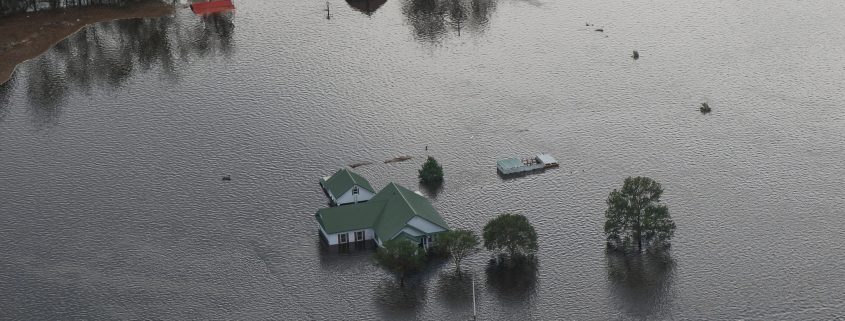

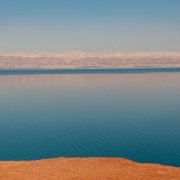
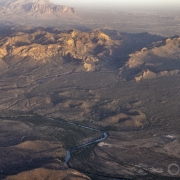 © J. Carl Ganter / Circle of Blue
© J. Carl Ganter / Circle of Blue 
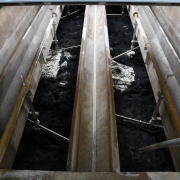

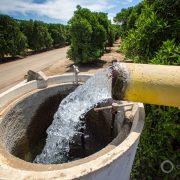



Leave a Reply
Want to join the discussion?Feel free to contribute!